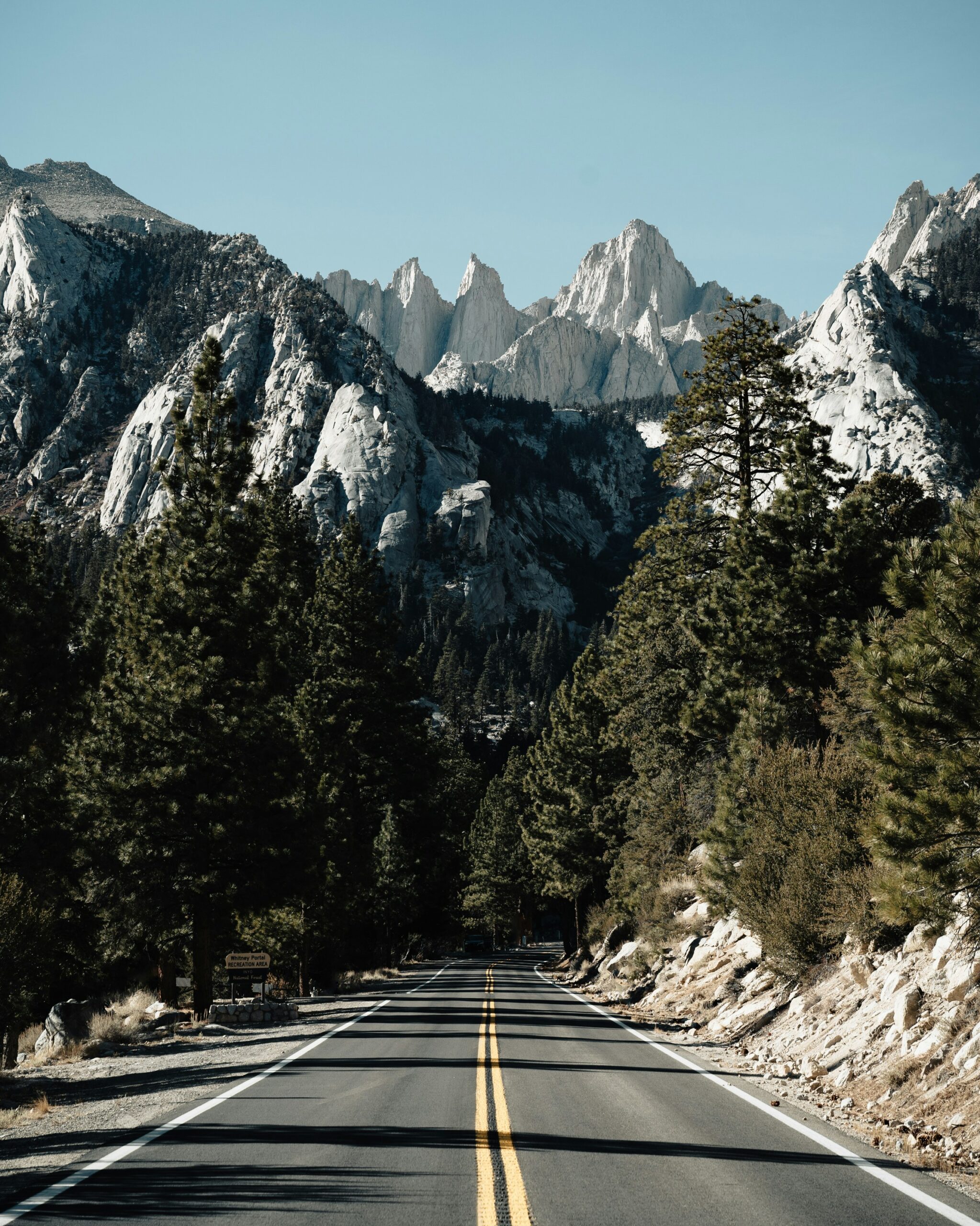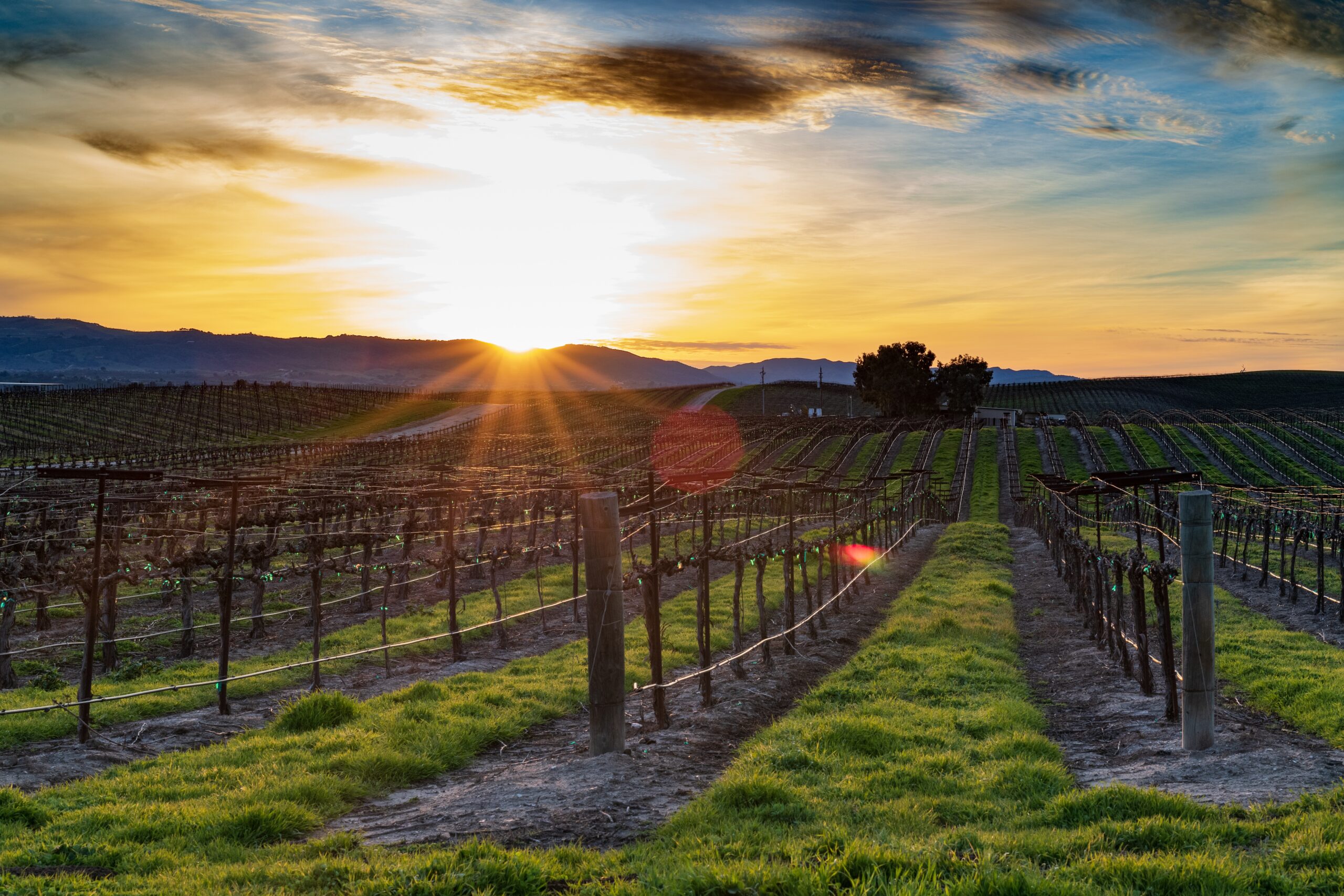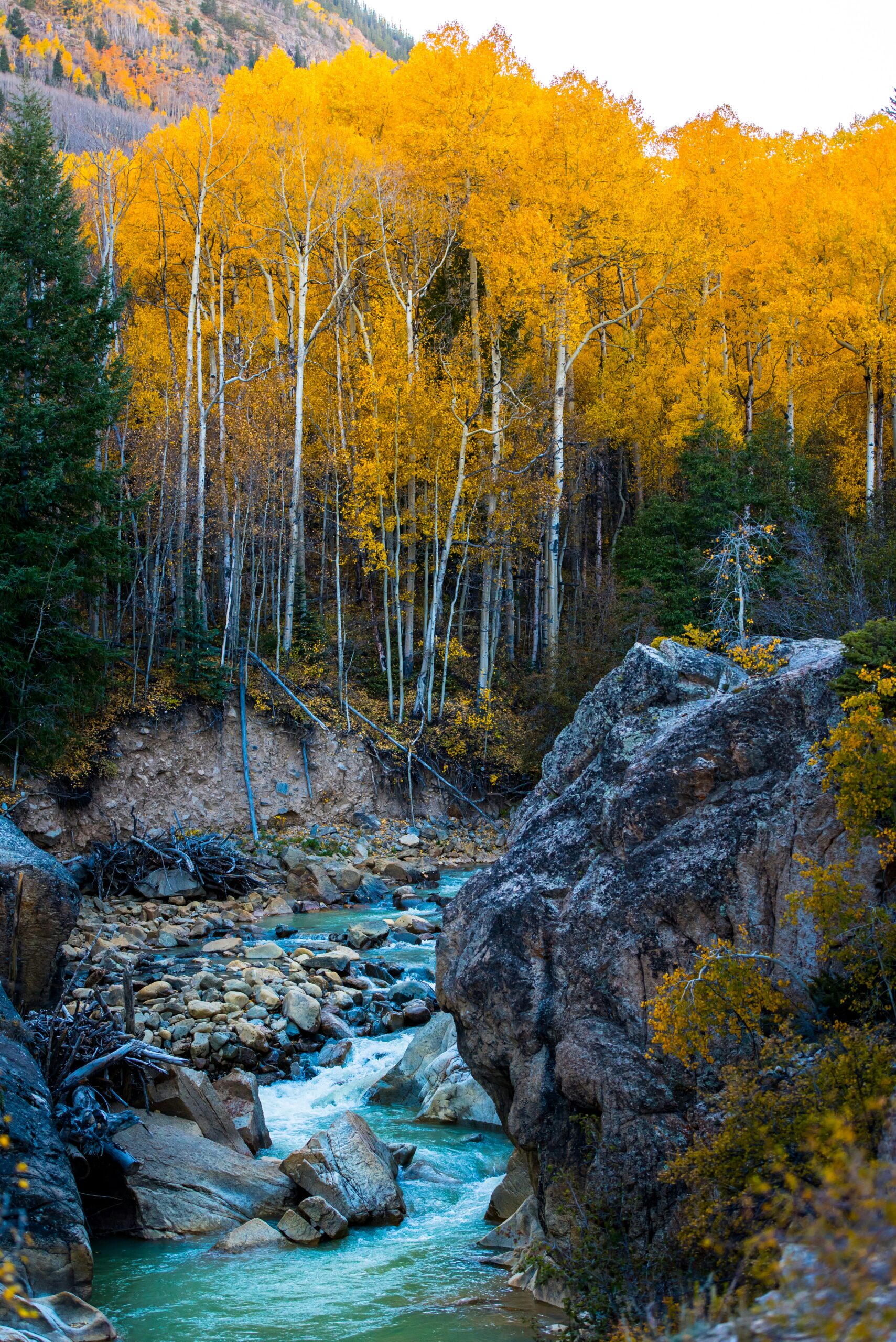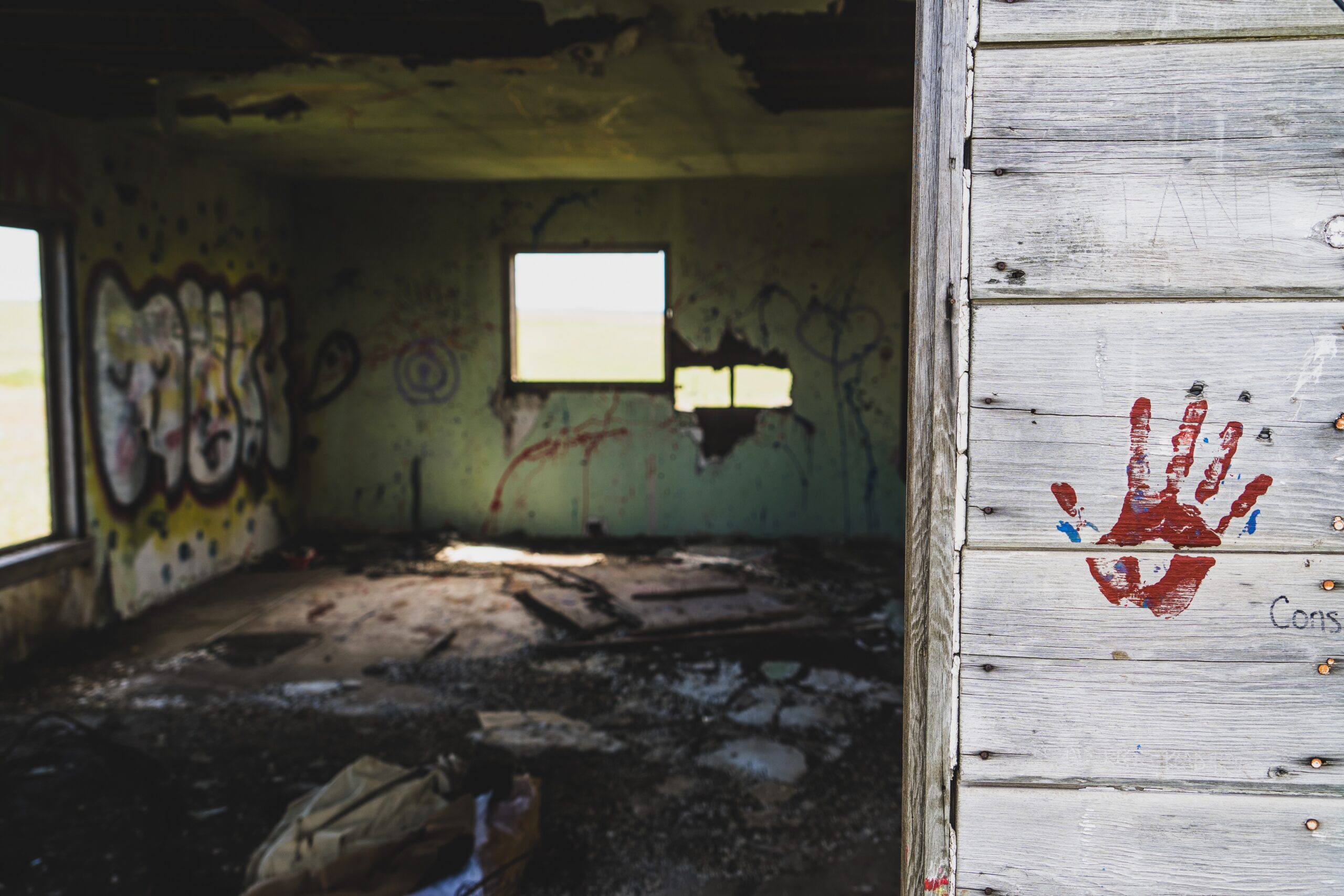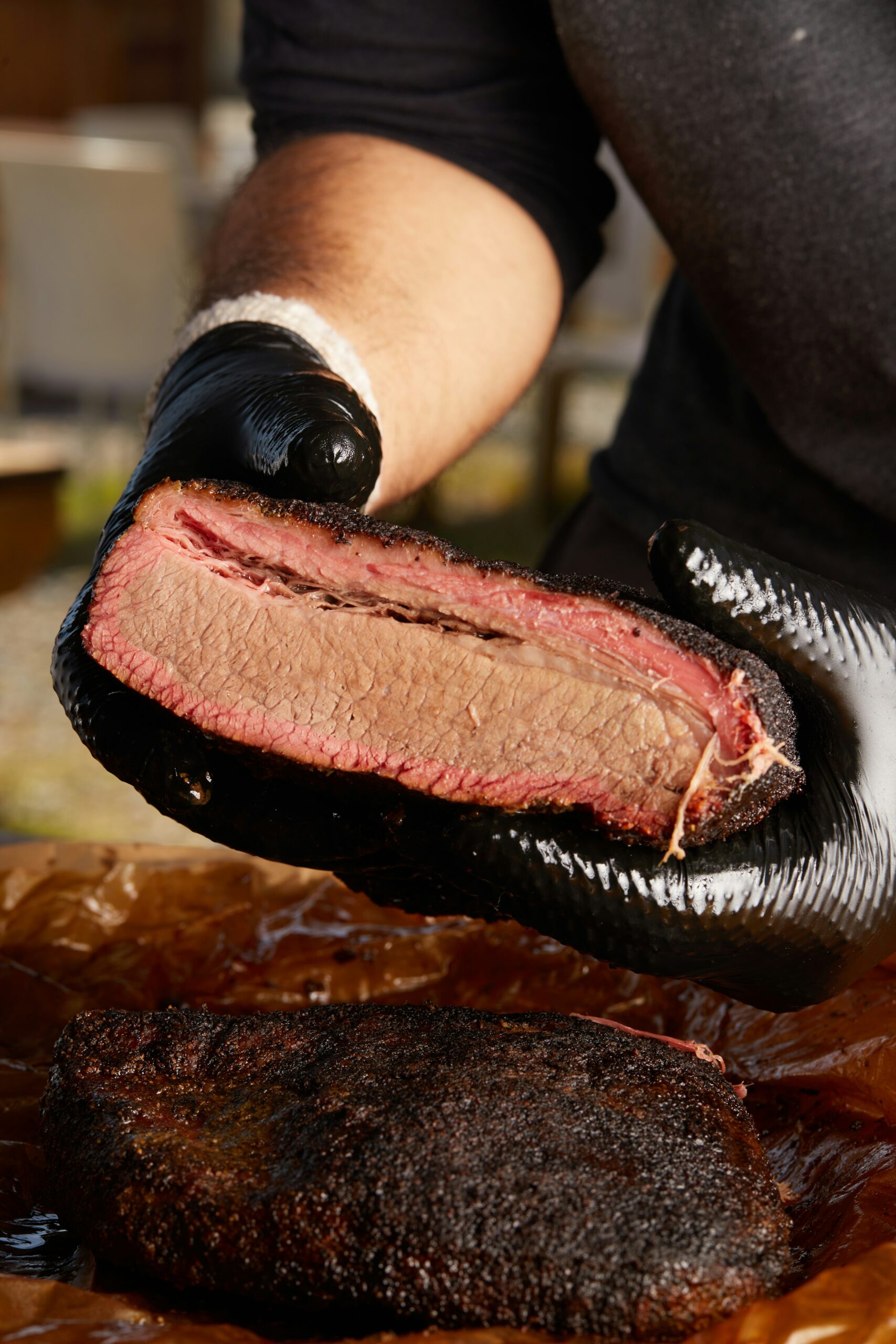Highest Mountain California: A Friendly Guide to Scaling Mount Whitney
California's majestic mountains are a sight to behold, with peaks that touch the sky and offer breathtaking views. If you're curious about the highest point in the Golden State, look no further than the Sierra Nevada range. Mount Whitney stands tall at 14,505 feet, making it the highest mountain in California and the contiguous United States.
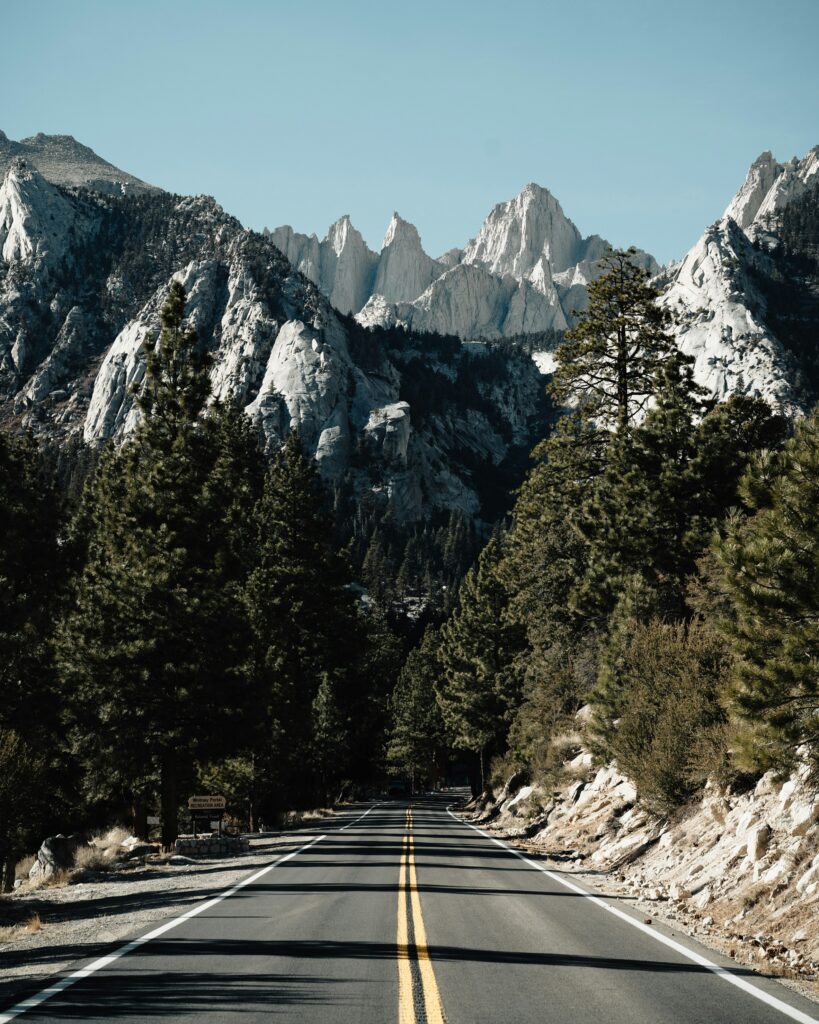
This iconic peak attracts hikers, climbers, and nature enthusiasts from around the world. Its impressive elevation provides a unique opportunity to experience diverse ecosystems as you ascend. You'll encounter alpine forests, rocky terrain, and possibly even snow-capped vistas depending on the season.
California's mountain landscape offers more than just stunning views. It's a playground for outdoor adventures, scientific research, and ecological preservation. Whether you're planning a challenging climb or simply admiring from afar, Mount Whitney and the Sierra Nevada range are true wonders of the natural world.
Highest Mountain California: A Friendly Guide to Scaling Mount Whitney
Geography of the Sierra Nevada
The Sierra Nevada mountain range dominates California's eastern landscape with its towering peaks and rugged terrain. You'll find a diverse geological history, impressive summits, and unique granite composition that define this majestic mountain range.
Geological Formation
The Sierra Nevada began forming about 100 million years ago when tectonic plates collided. This collision pushed up massive blocks of rock, creating the initial mountain range. Over time, erosion and glaciation sculpted the landscape you see today.
Volcanic activity played a crucial role in shaping the northern Sierra. You can still observe remnants of ancient volcanoes, like Mount Lassen, which last erupted in the early 20th century.
The range's western slope gradually rises from the Central Valley, while the eastern side drops dramatically into the Great Basin. This asymmetrical profile is a result of fault movement and erosion patterns.
Major Peaks of the Sierra Nevada
The Sierra Nevada boasts some of the highest peaks in the contiguous United States. Mount Whitney, standing at 14,494 feet (4,418 meters), claims the title of the tallest mountain in the lower 48 states.
Other notable peaks include:
- Mount Williamson: 14,379 feet (4,383 meters)
- White Mountain Peak: 14,252 feet (4,344 meters)
- North Palisade: 14,242 feet (4,341 meters)
While not part of the main Sierra Nevada range, Mount Shasta in northern California is often associated with the region. It reaches an impressive 14,179 feet (4,322 meters).
Granite Composition
The Sierra Nevada's distinctive appearance comes from its granite composition. This igneous rock formed deep underground as magma cooled slowly, creating large interlocking crystals.
You can observe the granite's beauty in iconic locations like Yosemite National Park. Half Dome and El Capitan showcase massive exposed granite faces, attracting climbers from around the world.
Granite's resistance to erosion has helped preserve the Sierra Nevada's height over millions of years. As softer surrounding rock eroded away, the granite remained, creating the towering peaks you see today.
The granite also contributes to the range's unique ecology. Its weathering produces nutrient-poor soils, leading to specialized plant communities adapted to these harsh conditions.
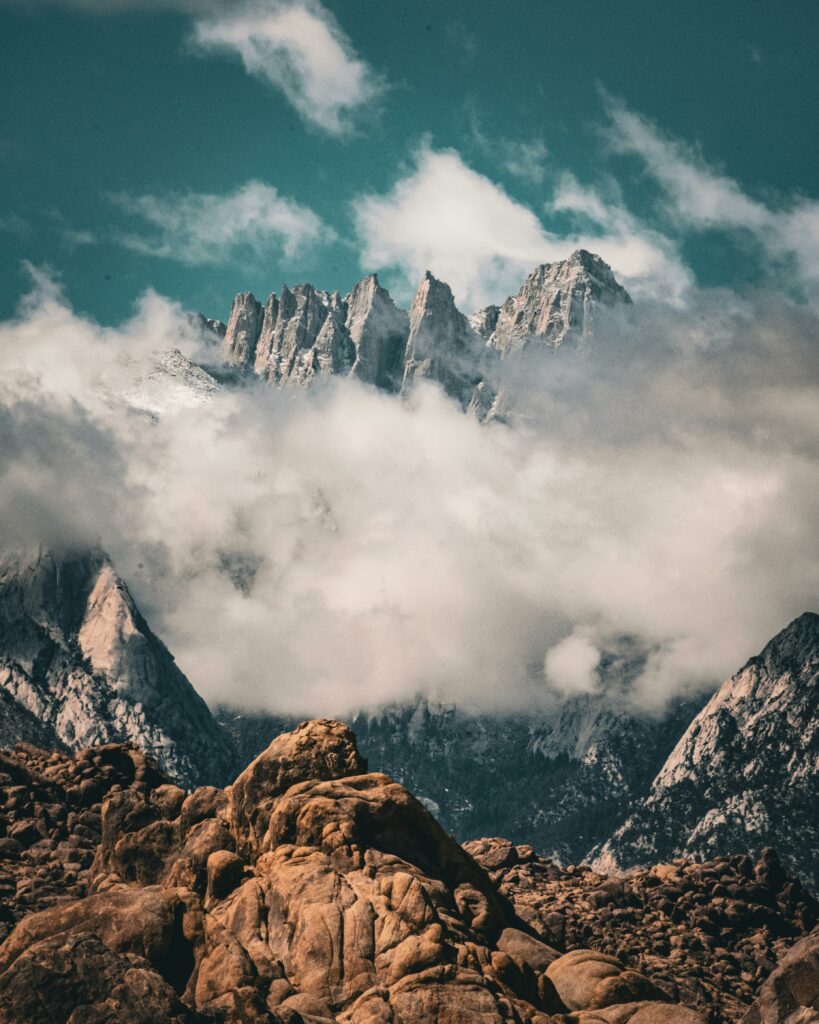
Mount Whitney: An Overview
Mount Whitney stands as California's crowning peak, offering breathtaking views and challenging climbs. You'll find this majestic mountain in the Sierra Nevada range, drawing adventurers from around the world.
Elevation and Prominence
Mount Whitney boasts an impressive elevation of 14,505 feet (4,421 meters), making it the highest peak in the contiguous United States. You'll be amazed by its towering presence as you approach.
The mountain's prominence is equally striking at 10,071 feet (3,070 meters). This means Whitney rises dramatically from its surroundings, creating a truly awe-inspiring sight.
When you reach the summit, you'll find yourself at the highest point in the lower 48 states. On a clear day, you can see for miles in every direction, taking in the stunning Sierra Nevada landscape.
Climbing History
Mount Whitney's climbing history is rich with tales of adventure and determination. The first recorded ascent took place on August 18, 1873.
Charles Begole, Al Johnson, and John Lucas were the brave pioneers who first reached the summit. You can imagine their excitement as they stood atop California's highest point.
Since then, thousands of climbers have followed in their footsteps. Today, you have several routes to choose from, including:
- Mount Whitney Trail (most popular)
- Mountaineer's Route (more challenging)
- East Face (technical climbing)
Each year, many hikers and climbers attempt to conquer Whitney's heights, making it a bucket-list destination for outdoor enthusiasts.
Flora and Fauna
As you ascend Mount Whitney, you'll encounter diverse ecosystems and unique wildlife. The mountain's varying elevations create distinct habitats for plants and animals.
In the lower regions, you might spot:
- Mule deer
- Black bears
- Various bird species
As you climb higher, keep an eye out for:
- Bighorn sheep
- Marmots
- Pikas
Plant life changes dramatically with elevation. Lower slopes feature pine and fir forests, while the higher reaches are home to hardy alpine species. You'll see beautiful wildflowers in summer, including sky pilot and alpine gold.
Remember to respect the delicate alpine environment as you explore. By treading lightly, you'll help preserve Mount Whitney's natural beauty for future adventurers.
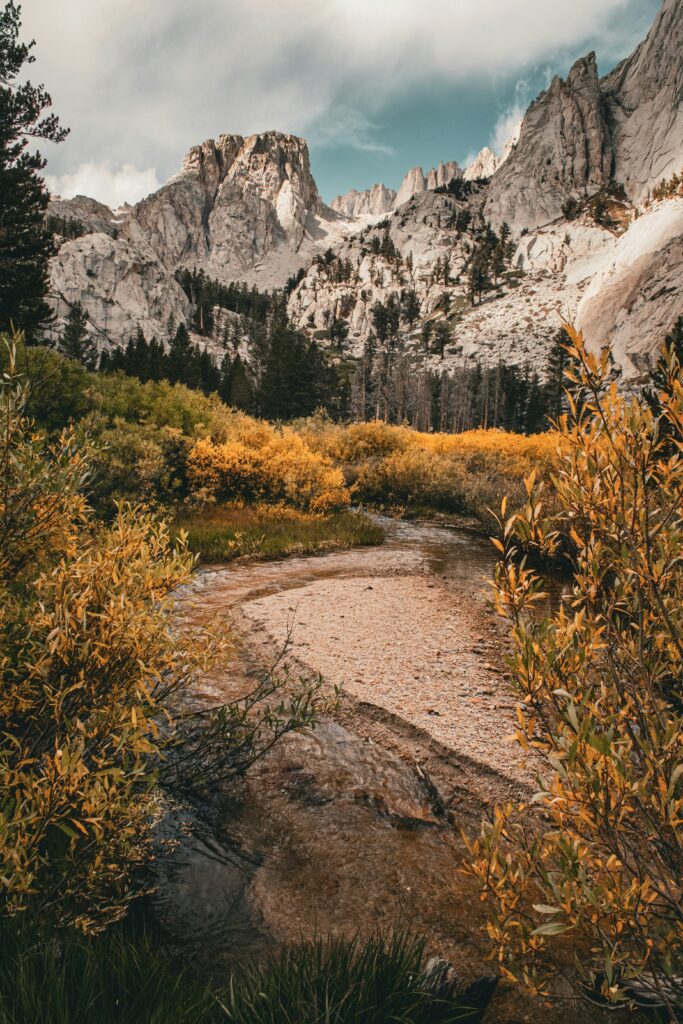
Hiking to the Summit
Reaching the summit of Mount Whitney requires careful planning and preparation. You'll need to secure permits, choose the right trail, and ensure you're physically ready for the challenge.
Permits and Regulations
To hike Mount Whitney, you'll need to obtain a permit. The permit system helps manage crowds and protect the environment. Apply early, as permits are limited and in high demand.
Day use and overnight permits are available. If you're planning a day hike, be prepared for a long and strenuous journey. Overnight permits allow you to split the hike over multiple days.
Remember to follow Leave No Trace principles. Pack out all your trash and respect wildlife. Proper food storage is crucial to protect both you and the local fauna.
Popular Routes and Trails
The Mount Whitney Trail is the most popular route to the summit. It's a well-maintained path that doesn't require technical climbing skills. The trail is about 22 miles round trip with an elevation gain of over 6,000 feet.
For a more challenging adventure, consider the Mountaineer's Route. This steep, rugged path is shorter but demands scrambling and basic climbing skills.
If you're up for a longer trek, you can approach Mount Whitney via the John Muir Trail. This option allows you to acclimate gradually and enjoy breathtaking Sierra scenery.
Physical Fitness and Preparation
Hiking Mount Whitney is a demanding endeavor. Start training several months in advance to build your endurance and strength. Focus on:
- Cardiovascular exercises like hiking, running, or cycling
- Strength training for your legs and core
- Practice hikes at high altitudes to acclimate
Proper gear is essential. Invest in:
- Sturdy, broken-in hiking boots
- Layered clothing for varying temperatures
- A reliable water filtration system
Don't underestimate the effects of altitude. Take time to acclimate before your summit attempt. Stay hydrated and be aware of altitude sickness symptoms.
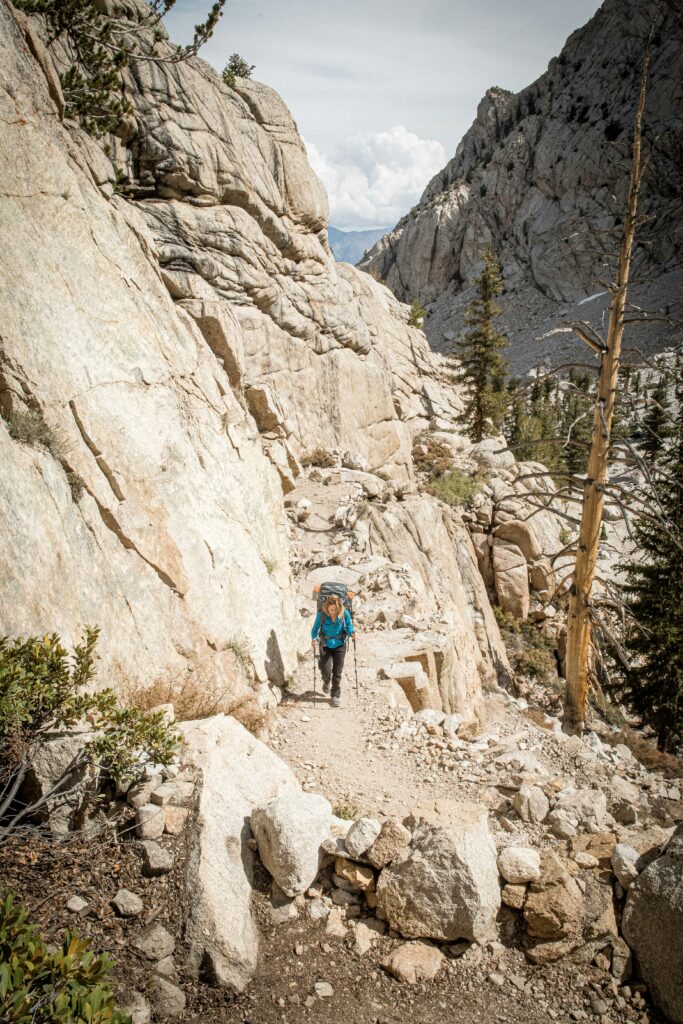
Climatic Conditions and Best Times to Visit
Mount Whitney's weather can be unpredictable and challenging. Understanding the climate and planning your visit carefully will ensure a safe and enjoyable experience on California's highest peak.
Weather Patterns
Mount Whitney experiences extreme temperature variations. Summer days can reach 60°F (16°C), while nights often drop below freezing. Winter temperatures plummet to well below 0°F (-18°C).
You'll encounter rapidly changing conditions at high altitudes. Sudden storms can bring heavy snow, even in summer. Wind chill is a significant factor, making it feel much colder than the actual temperature.
Precipitation varies seasonally. Winter brings heavy snowfall, while summer sees occasional thunderstorms. Be prepared for rain, snow, or hail any time of year.
Seasonal Considerations
Summer (June-September) is the most popular time to visit Mount Whitney. You'll enjoy milder temperatures and clearer trails. However, this period can be crowded and requires advance planning.
Spring (April-May) offers beautiful wildflowers but expect lingering snow and potential avalanche risks. Fall (October-November) brings cooler temperatures and fewer crowds. The colors are stunning, but early snowfall is possible.
Winter ascents (December-March) are only for experienced mountaineers. You'll need advanced snow and ice climbing skills to tackle the challenging conditions.
Visitor Safety
Your safety is paramount when visiting Mount Whitney. Always check the latest weather forecast before setting out. Be prepared for rapid weather changes by packing appropriate gear.
Altitude sickness is a real concern. Acclimatize properly by spending a day or two at lower elevations before attempting the summit. Know the signs of altitude sickness and descend immediately if symptoms occur.
Proper hydration is crucial. Carry plenty of water and drink regularly, even if you don't feel thirsty. Use sunscreen and wear protective clothing to guard against intense UV radiation at high altitudes.
If camping, use bear-resistant containers for food storage. Be aware of wildlife and follow Leave No Trace principles to protect the fragile alpine environment.
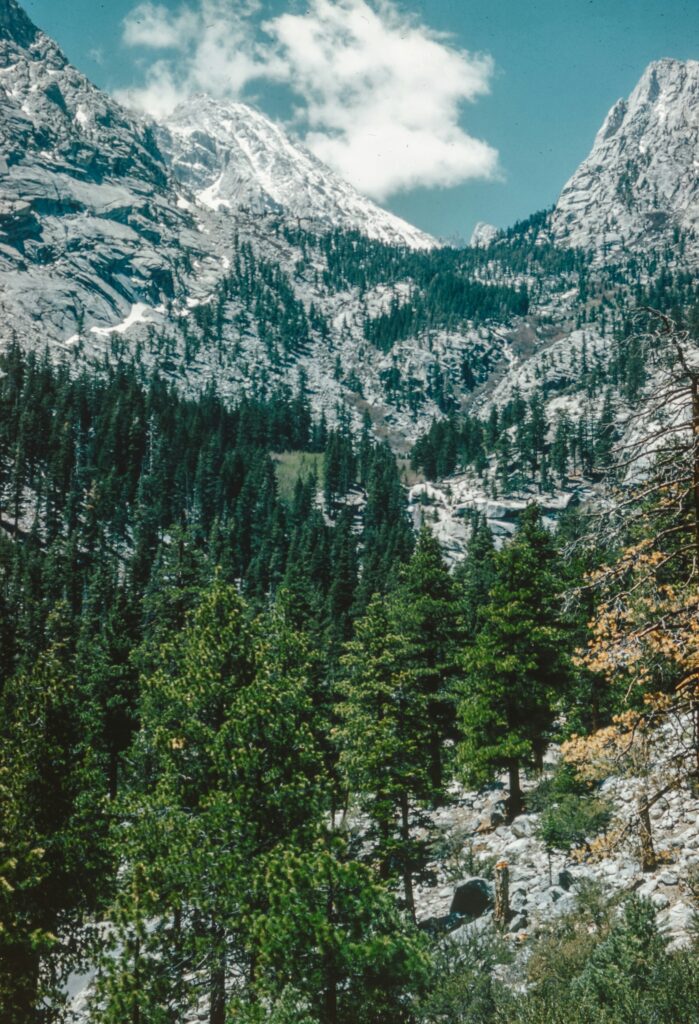
Conservation Efforts
Protecting California's highest mountains is crucial for preserving their beauty and ecological significance. Conservation initiatives focus on safeguarding these natural treasures while addressing environmental challenges.
Sierra Nevada Protection
The Sierra Nevada range, home to some of California's tallest peaks, is a focal point for conservation efforts. You'll find numerous protected areas within this majestic mountain range, including Sequoia National Park. These parks help preserve the unique ecosystems and wildlife that call the Sierra Nevada home.
Conservation groups work tirelessly to maintain hiking trails, manage wildlife populations, and educate visitors about the importance of these mountain habitats. You can support these efforts by volunteering for trail maintenance or participating in educational programs during your visits.
Impact of Erosion and Climate Change
Erosion and climate change pose significant threats to California's highest mountains. You might notice changes in snowpack levels and vegetation patterns during your mountain adventures. These shifts can have far-reaching consequences for both the local ecology and water resources throughout the state.
To combat these challenges, scientists and conservationists are implementing various strategies. You can get involved by supporting reforestation projects or participating in citizen science programs that monitor changes in mountain ecosystems. By working together, we can help protect these magnificent peaks for future generations to enjoy and explore.
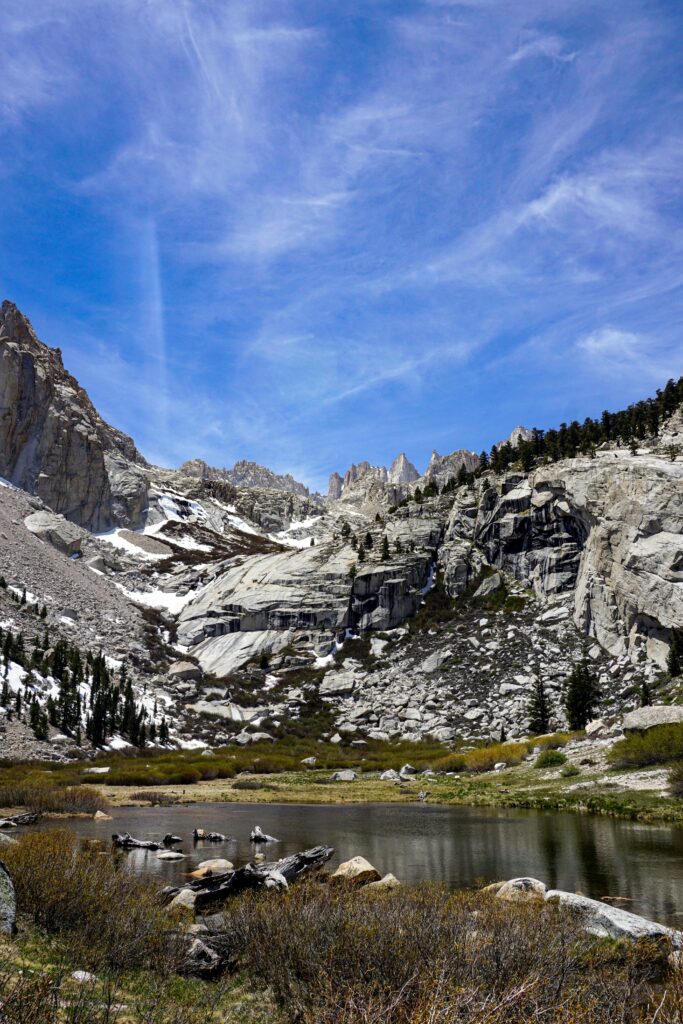
Access and Transportation
Reaching Mount Whitney requires careful planning and preparation. Several options exist for getting to the trailhead and nearby amenities.
Getting to Mount Whitney
You can drive to Mount Whitney via US Highway 395. The closest airport is in Inyokern, about 70 miles south. Larger airports are in Reno (250 miles north) and Los Angeles (215 miles south).
Rental cars are available at these airports. If you prefer public transport, Eastern Sierra Transit Authority operates buses along Highway 395 with stops in nearby towns.
The Whitney Portal serves as the main access point. It's located 13 miles west of Lone Pine on Whitney Portal Road. The road is typically open from May to November, weather permitting.
Nearby Cities and Services
Lone Pine is the gateway town for Mount Whitney adventures. It's situated just 12 miles east of the trailhead.
In Lone Pine, you'll find:
- Hotels and motels
- Restaurants and grocery stores
- Gear shops for last-minute supplies
- An interagency visitor center
Bishop, 60 miles north, offers more extensive services. It has a hospital, larger supermarkets, and additional lodging options.
Trailhead Information
The Whitney Portal trailhead sits at 8,360 feet elevation. Facilities include:
- A large parking area (often fills up early)
- Campgrounds
- Restrooms and running water
- A small store for basic supplies
You'll need a permit to hike Mount Whitney. The Inyo National Forest manages the permit system through a lottery for peak season (May-October).
Day hike and overnight permits are available. Apply early, as demand is high. Self-issued permits are available for off-season hikes (November-April).
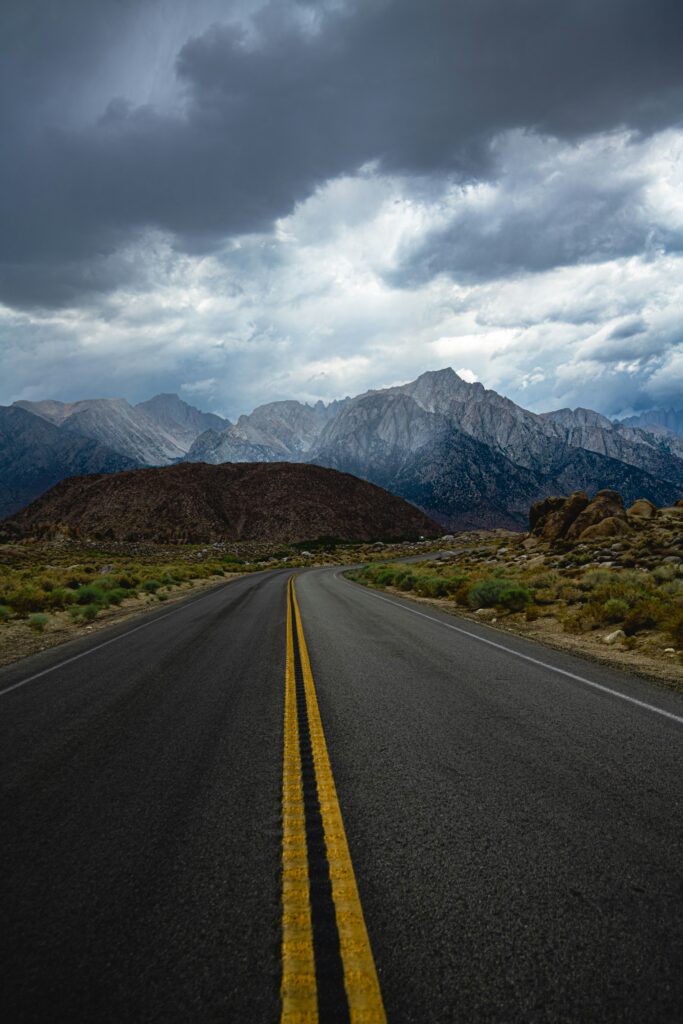
Mount Whitney Trail Detail
The Mount Whitney Trail offers an unforgettable adventure to the highest peak in the contiguous United States. You'll encounter stunning vistas, challenging terrain, and unique landmarks along this epic journey.
Elevation Gain and Distance
The Mount Whitney Trail presents a significant challenge with its impressive elevation gain. You'll climb over 6,100 feet (1,860 m) from start to finish. The total round-trip distance is 21.4 miles (34.4 km), making it a demanding day hike or a more leisurely multi-day trek.
Your journey begins at Whitney Portal, situated at 8,360 feet (2,550 m). From there, you'll ascend to the summit at 14,505 feet (4,421 m). The trail's steepness varies, with some sections offering a gradual climb and others presenting steep switchbacks.
Trail Features and Landmarks
As you make your way up the Mount Whitney Trail, you'll encounter several notable landmarks. Outpost Camp, located 3.8 miles from the trailhead at 10,335 feet, serves as a popular first camping spot.
Trail Camp, situated 6.2 miles in at 12,000 feet, is another key stopping point. Here, you'll find the last reliable water source before the summit.
The infamous “97 switchbacks” begin just past Trail Camp, offering a challenging but scenic ascent. At the top, you'll reach Trail Crest at 13,600 feet, where the Mount Whitney Trail intersects with the High Sierra Trail.
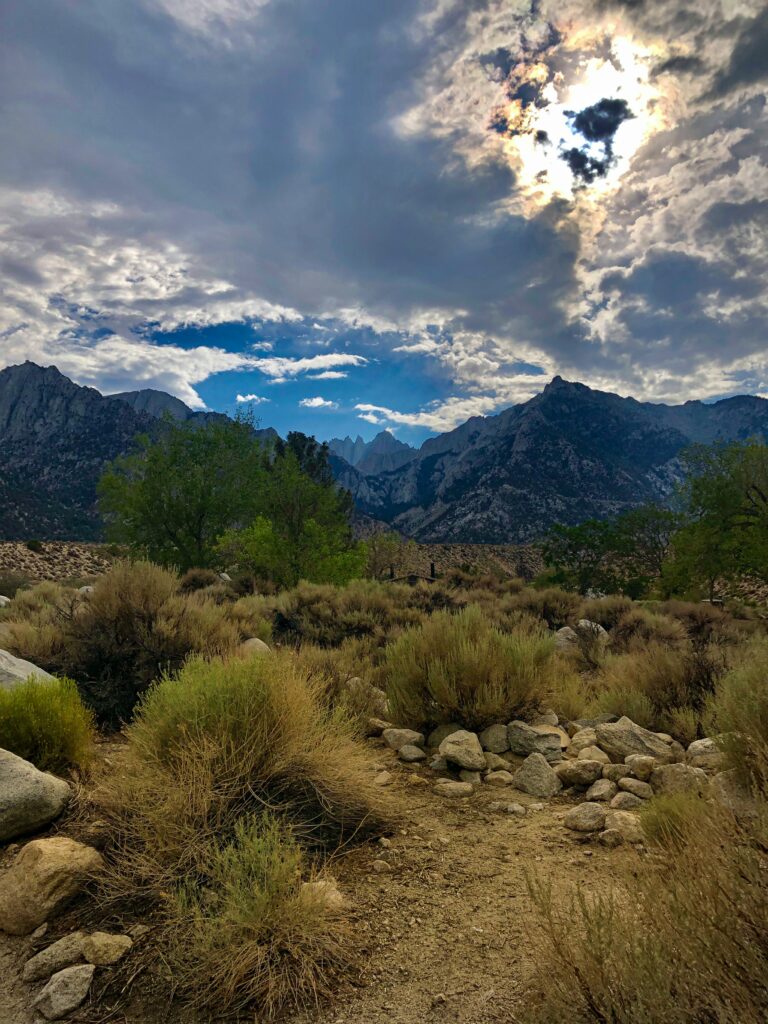
Safety and Preparedness
Climbing California's highest mountains requires careful planning and preparation. Proper equipment and knowledge of emergency protocols are essential for a safe and enjoyable experience.
Equipment Checklist
When preparing for your ascent, pack these essentials:
- Sturdy hiking boots with good ankle support
- Layered clothing for varying temperatures
- High-quality backpack for carrying gear
- First aid kit with altitude sickness medication
- Plenty of water and high-energy snacks
- Navigation tools (map, compass, GPS device)
- Sun protection (sunscreen, hat, sunglasses)
- Headlamp or flashlight with extra batteries
Don't forget a warm sleeping bag and tent if you're planning an overnight trip. Always check weather forecasts before heading out and adjust your gear accordingly.
Emergency Protocols
Familiarize yourself with these emergency procedures:
- Stay calm and assess the situation
- If lost, stay put and signal for help
- In case of injury, apply first aid and call for assistance
Always inform someone of your hiking plans and expected return time. Carry a fully charged cell phone, but remember that service may be limited in remote areas.
Learn to recognize signs of altitude sickness and descend immediately if symptoms occur. If you encounter wildlife, maintain a safe distance and never feed animals.
Local Attractions and Activities
Mount Whitney's surrounding area offers breathtaking natural wonders and cozy accommodations. You'll find plenty of opportunities for outdoor adventure and relaxation in this stunning mountain region.
Sequoia National Park Highlights
Sequoia National Park, just a short drive from Mount Whitney, is home to some of the world's largest trees. You can marvel at the Giant Forest, where you'll find the General Sherman Tree, the largest tree on Earth by volume. Take a scenic drive along the winding roads, stopping at viewpoints to soak in the majestic landscape.
Don't miss the Crystal Cave, a marble karst cave with stunning formations. You can join guided tours to explore its underground wonders. For a panoramic view of the park, climb the 400 steps to the top of Moro Rock, a granite dome offering spectacular vistas of the Great Western Divide.
Camping and Lodging Options
You'll find a variety of camping and lodging choices near Mount Whitney to suit your preferences. For a true wilderness experience, try backcountry camping in the Inyo National Forest. Remember to obtain the necessary permits in advance.
If you prefer more comfort, consider staying at one of the nearby mountain towns. Lone Pine offers charming hotels and motels with easy access to Mount Whitney trailheads. For a rustic cabin experience, check out the options in Whitney Portal, where you can fall asleep to the sound of a nearby waterfall.
In the Owens Valley, you'll find additional lodging options ranging from cozy bed and breakfasts to modern hotels. Many accommodations offer stunning views of the Eastern Sierra, making your stay even more memorable.
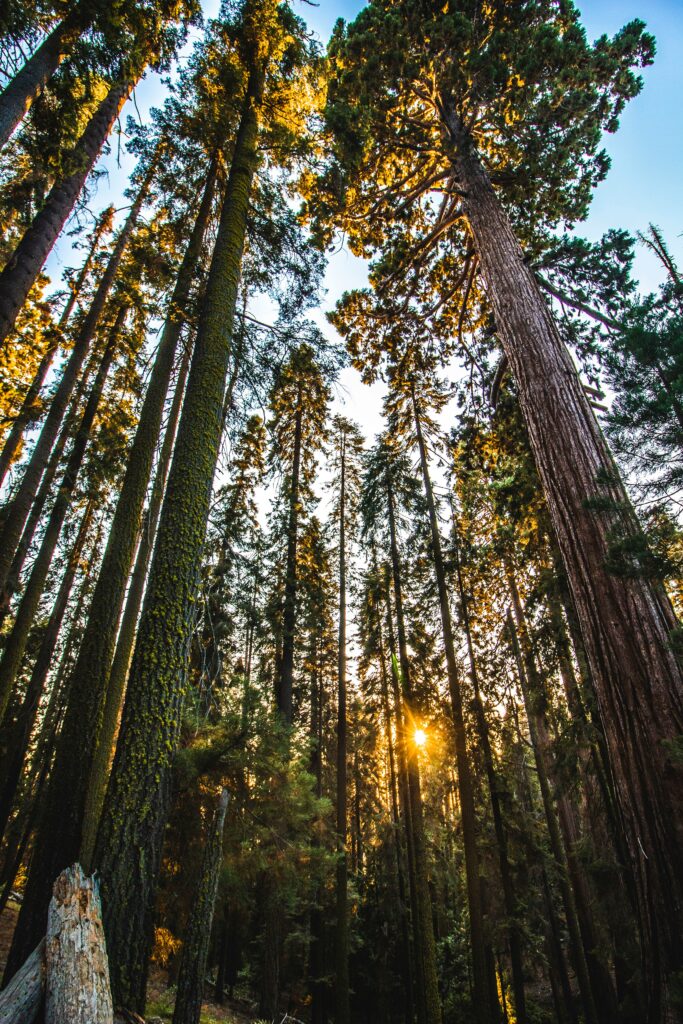
Mount Whitney in Popular Culture
Mount Whitney has captured imaginations and inspired creative works across various mediums. You'll find this iconic peak featured in literature, art, films, and other forms of media, often symbolizing adventure and natural grandeur.
In Literature and Art
Many writers have incorporated Mount Whitney into their stories and poems. You might come across the mountain in John Muir's nature writings, where he vividly describes its majestic presence. Artists too have been drawn to Whitney's striking silhouette, depicting it in paintings and photographs.
Local Native American legends also feature the mountain prominently. These tales often portray Whitney as a sacred place or the home of spirits.
In contemporary literature, you'll find Mount Whitney serving as a backdrop for adventure novels and outdoor memoirs. It frequently represents a challenging goal for characters to overcome.
In Film and Media
Mount Whitney has made appearances in several Hollywood productions. You may spot it in westerns, where it stands in for rugged frontier landscapes. The mountain has also been featured in documentaries about climbing and nature.
In television, Whitney often appears in travel and outdoor adventure shows. These programs highlight the challenging hike to its summit and showcase the breathtaking views from the top.
Video games set in California sometimes include Mount Whitney as part of their virtual landscapes. It adds a touch of realism and grandeur to digital worlds.
Social media has also embraced Whitney, with countless hikers sharing their summit photos and experiences online. You'll find the mountain hashtag'd in thousands of Instagram posts, inspiring others to take on the climb.

